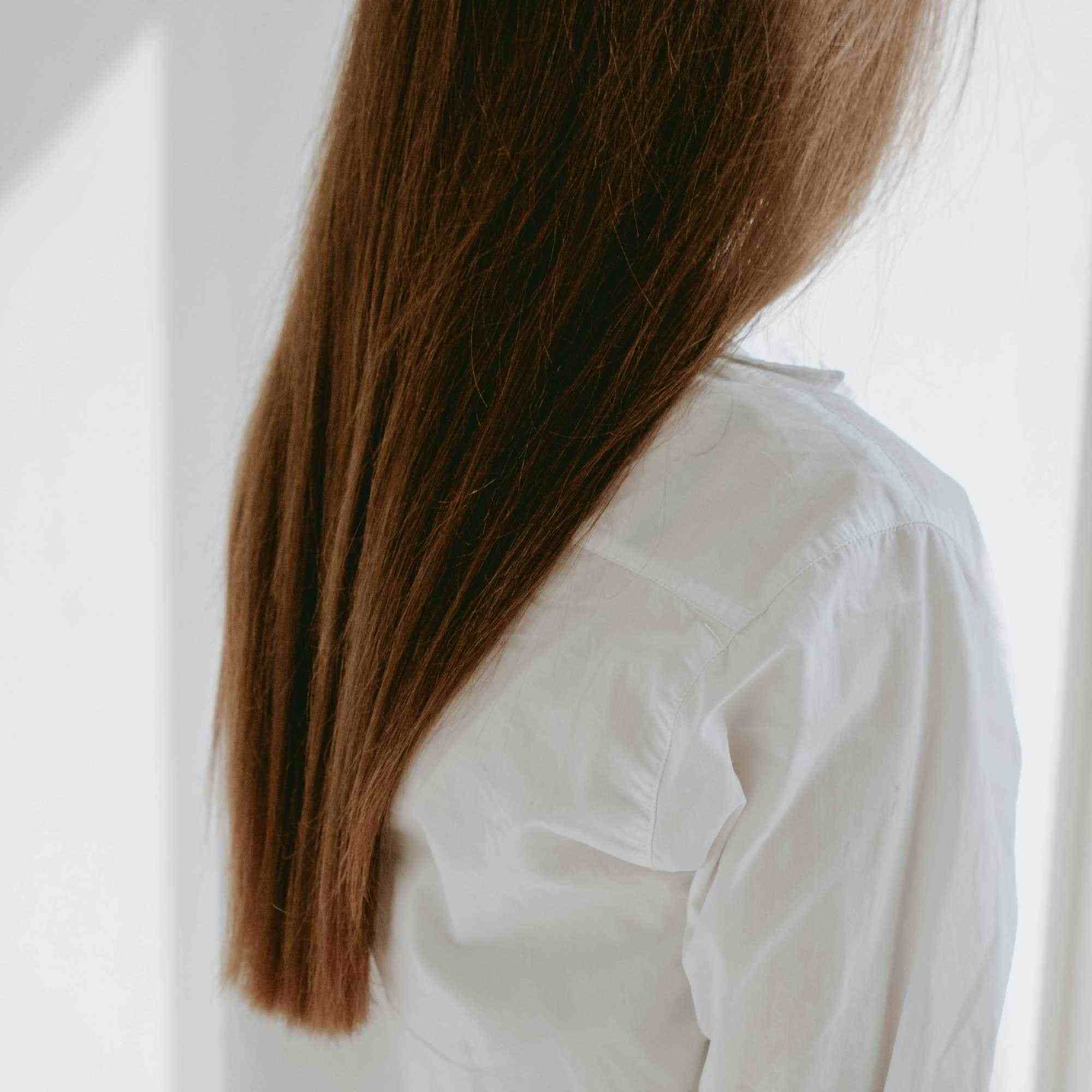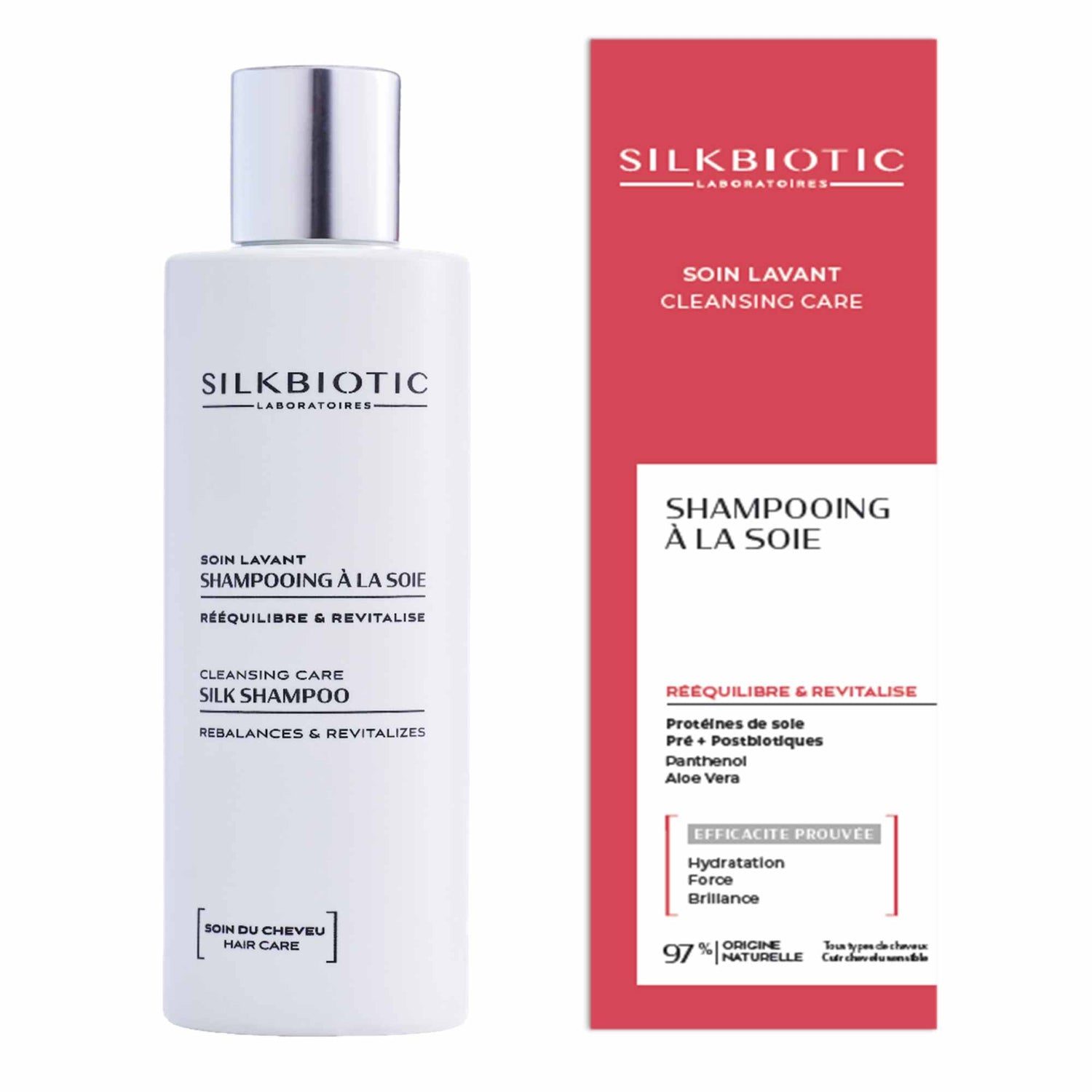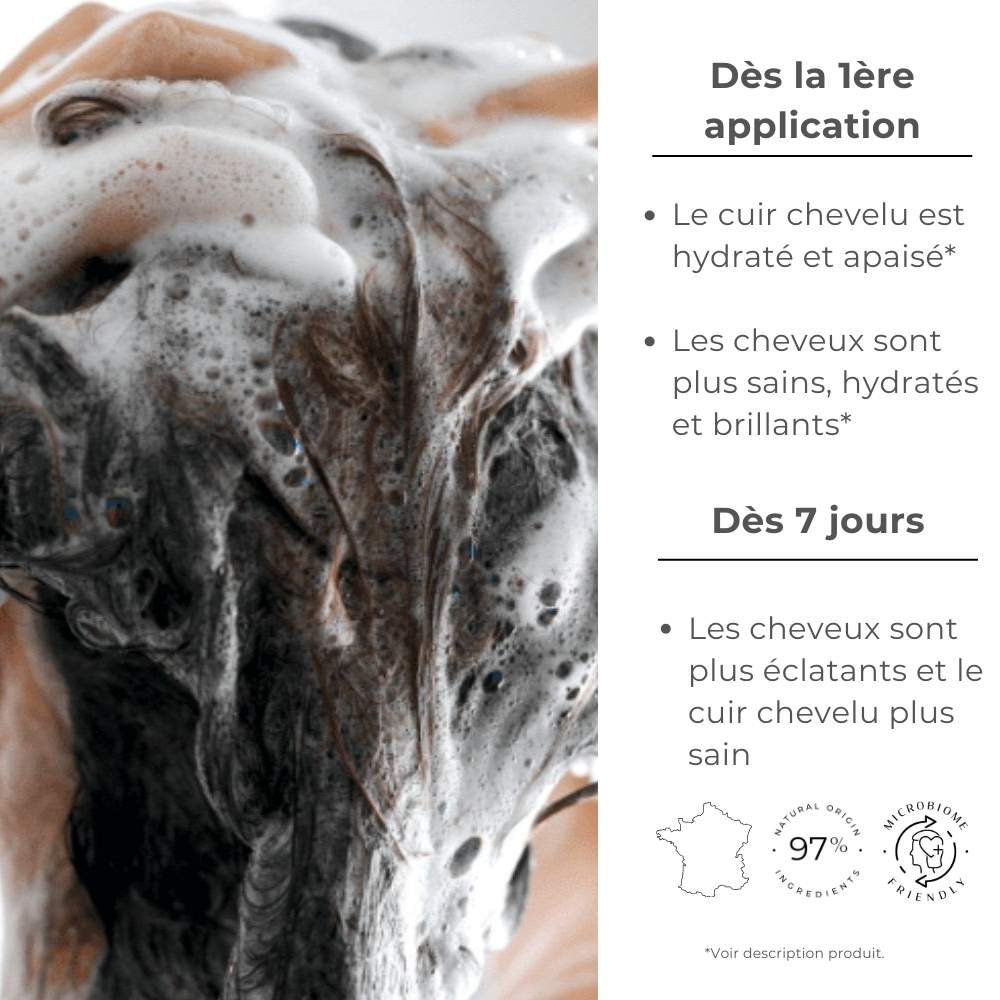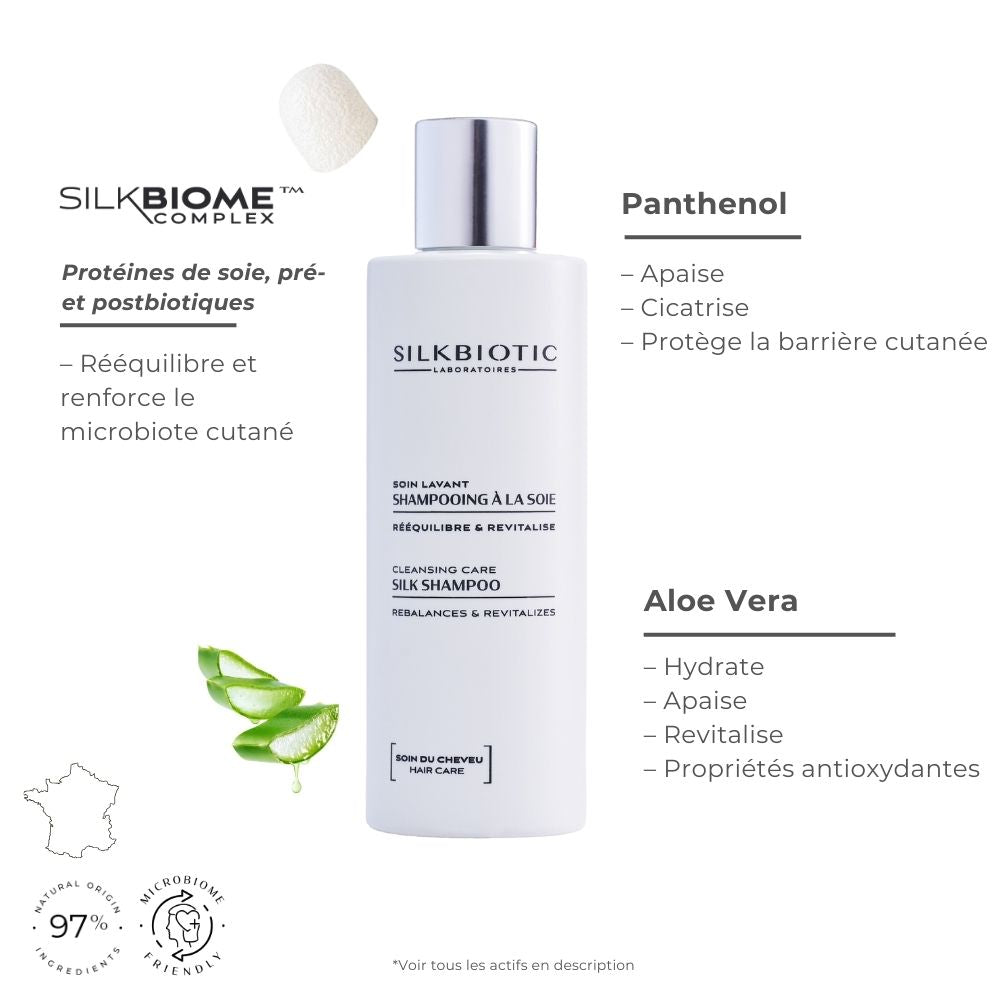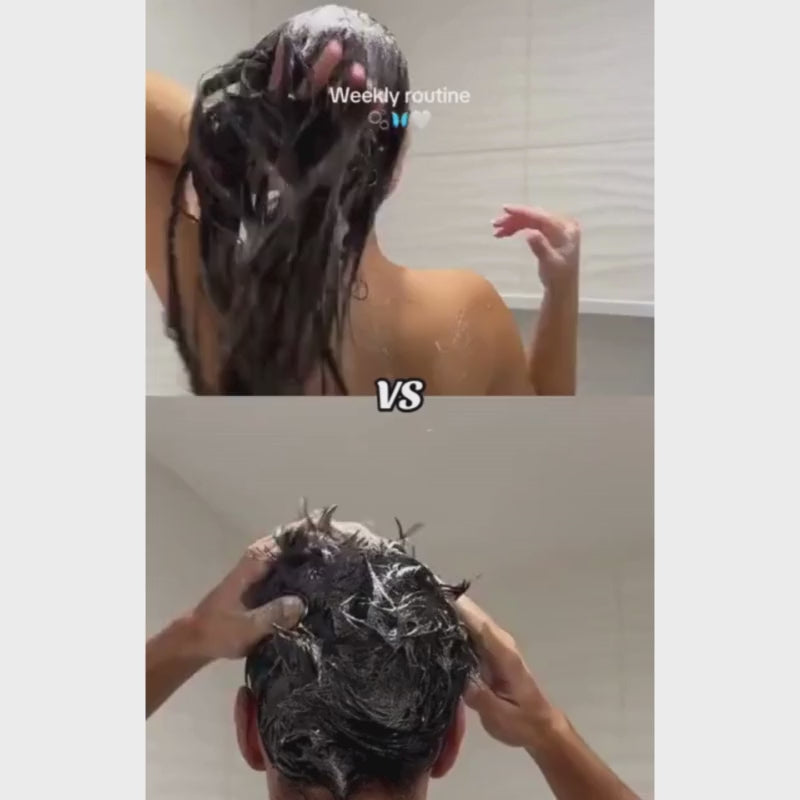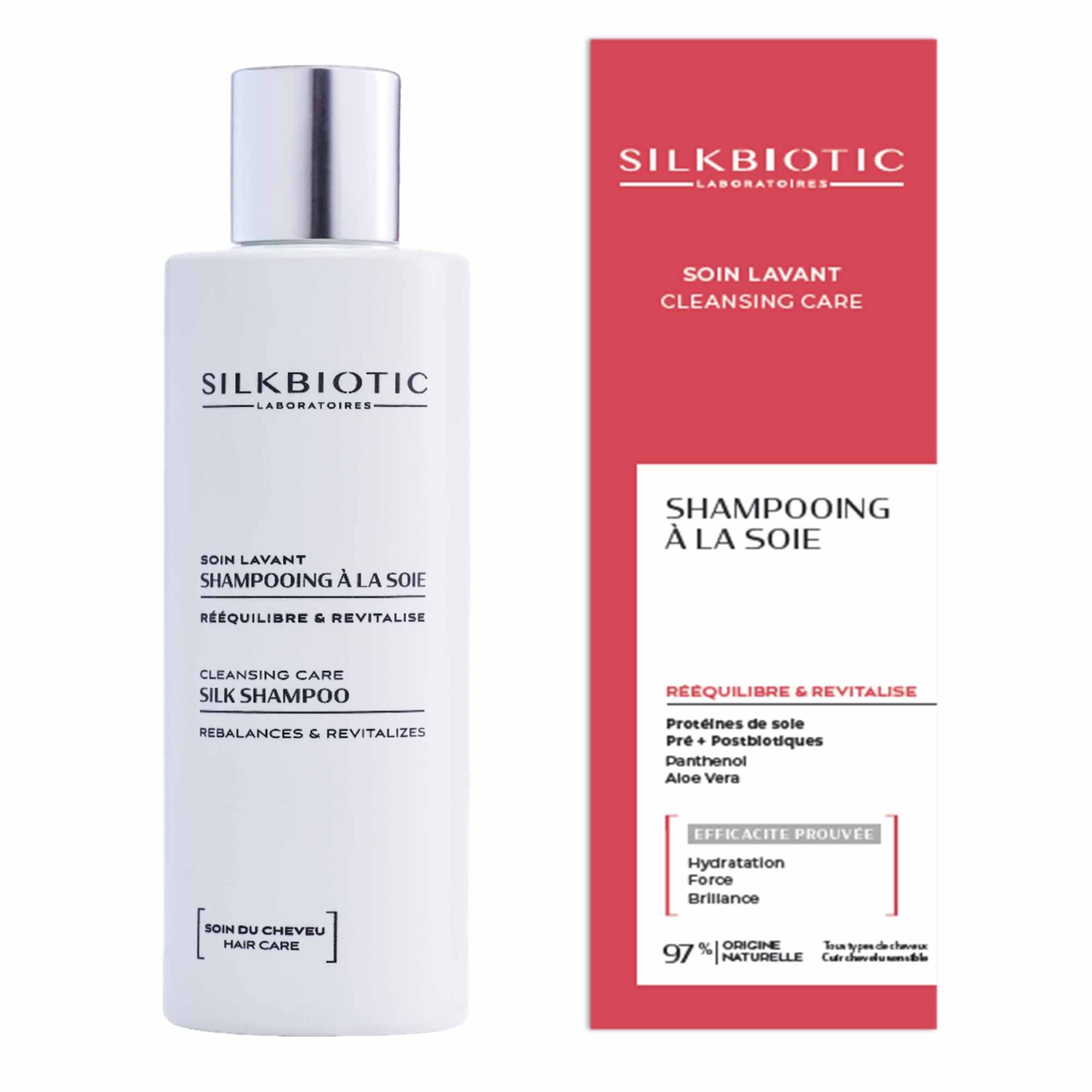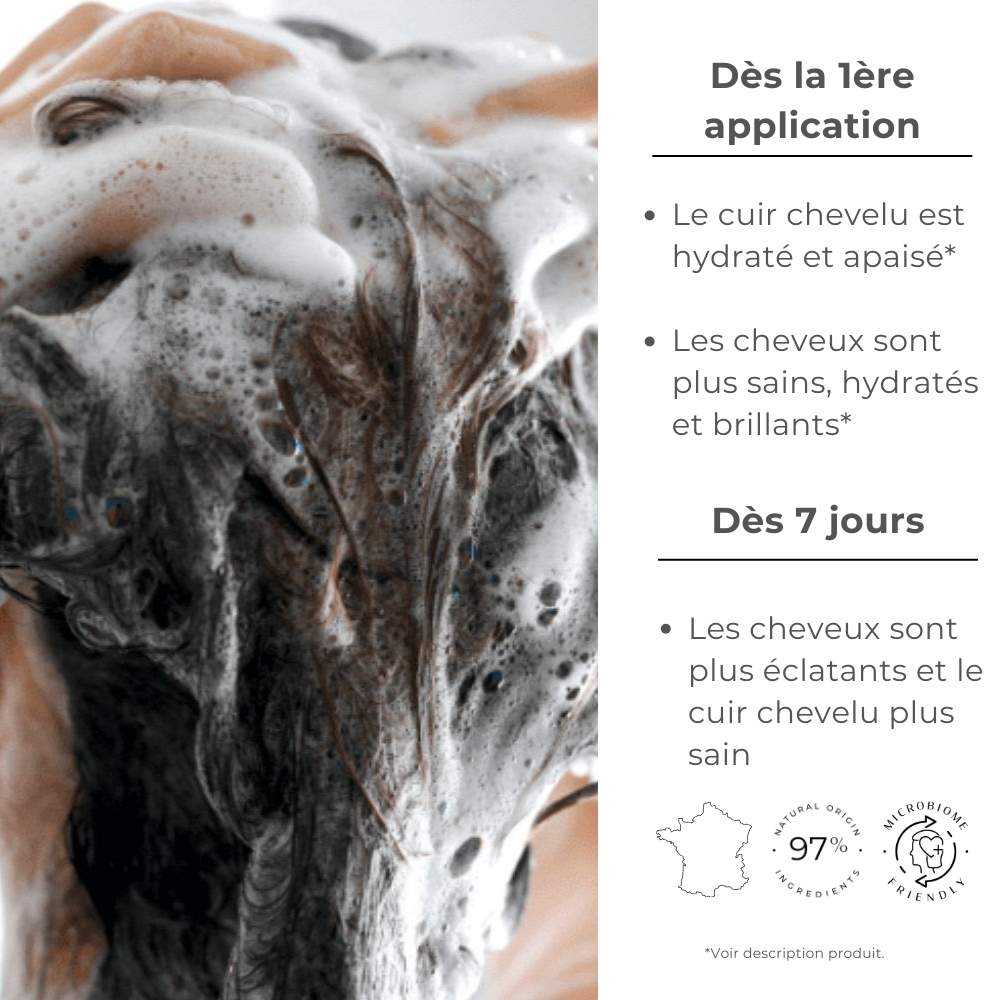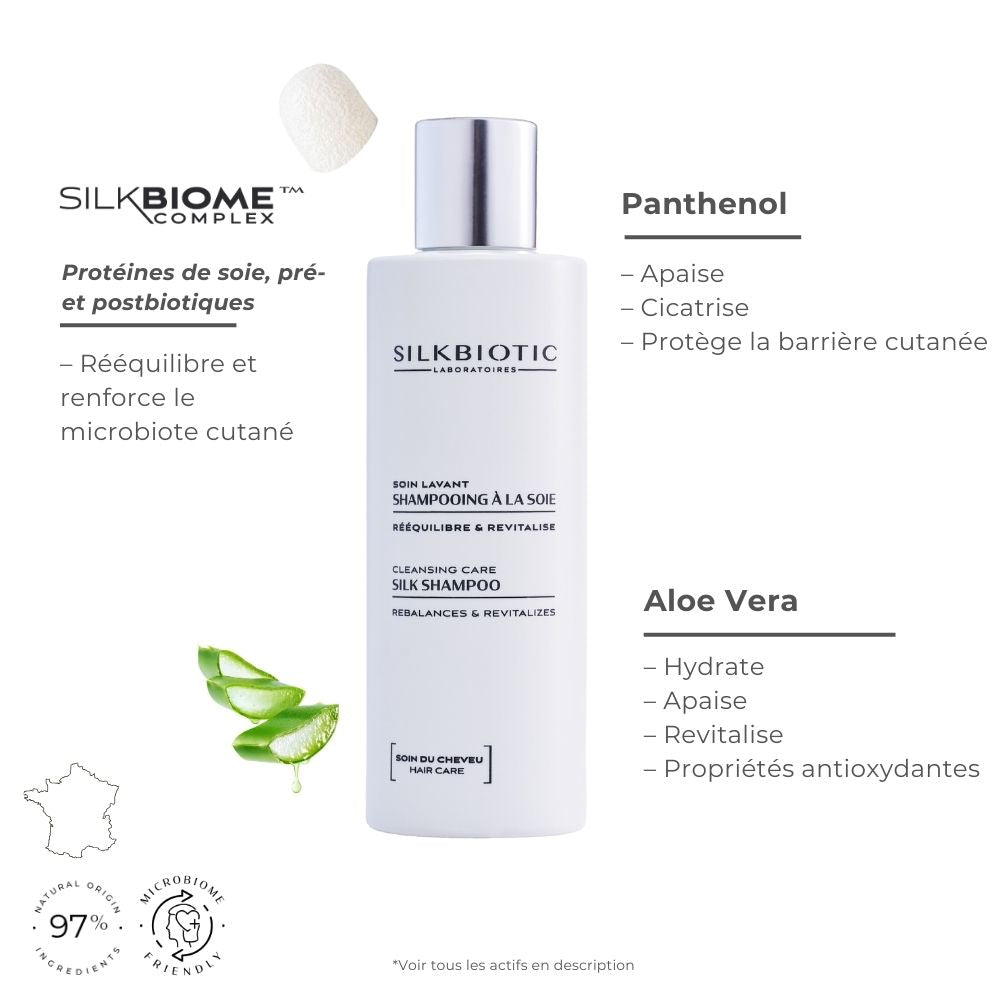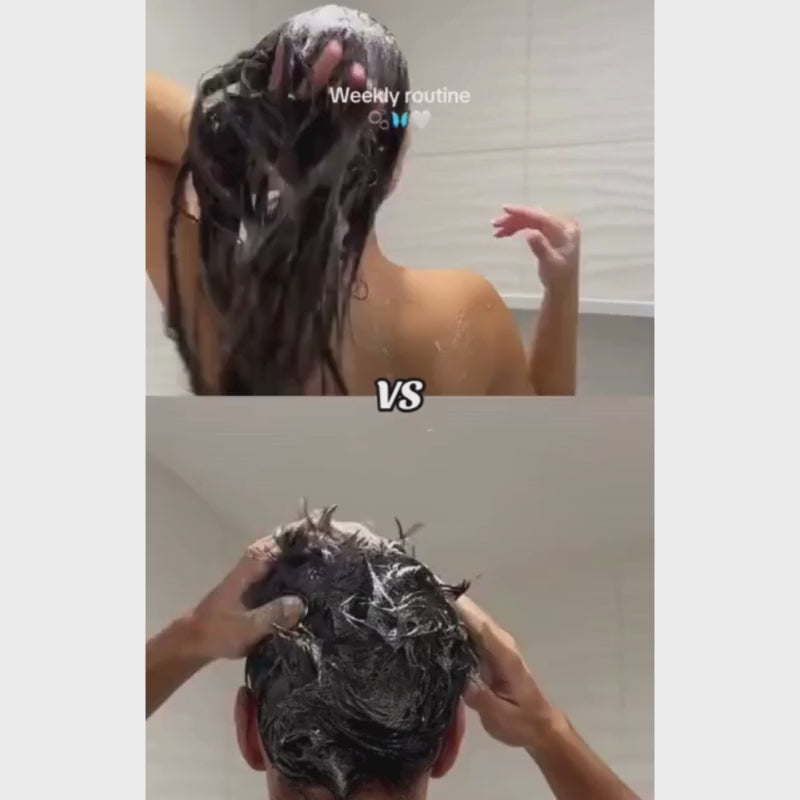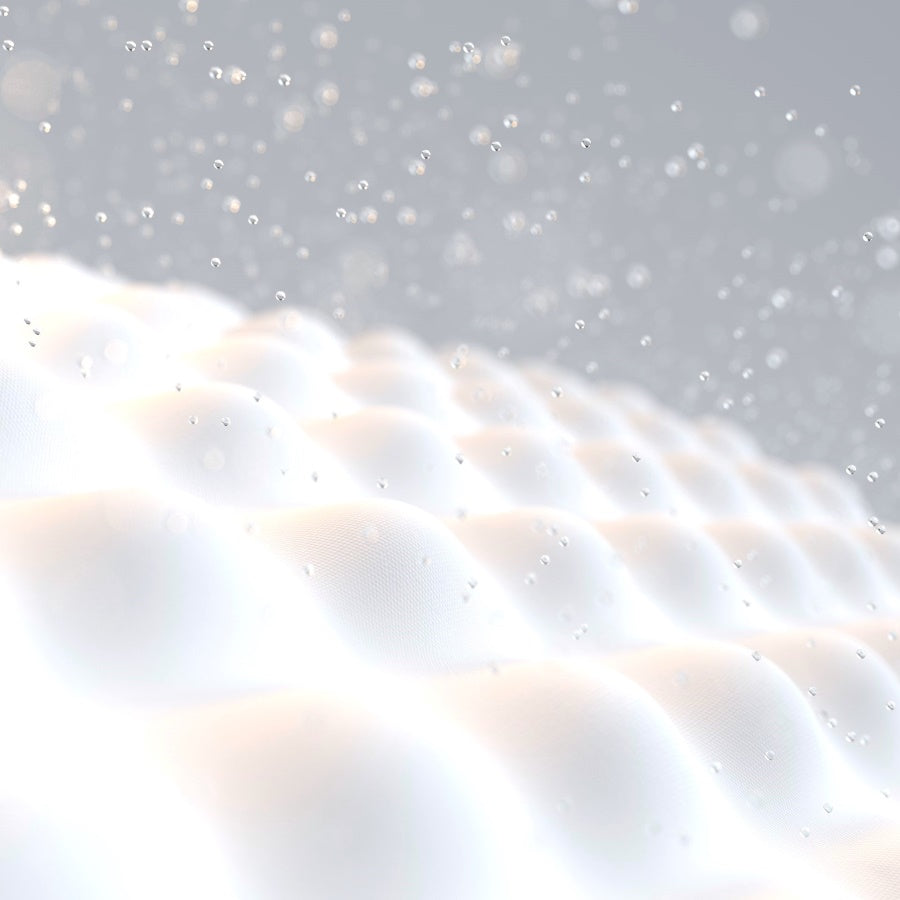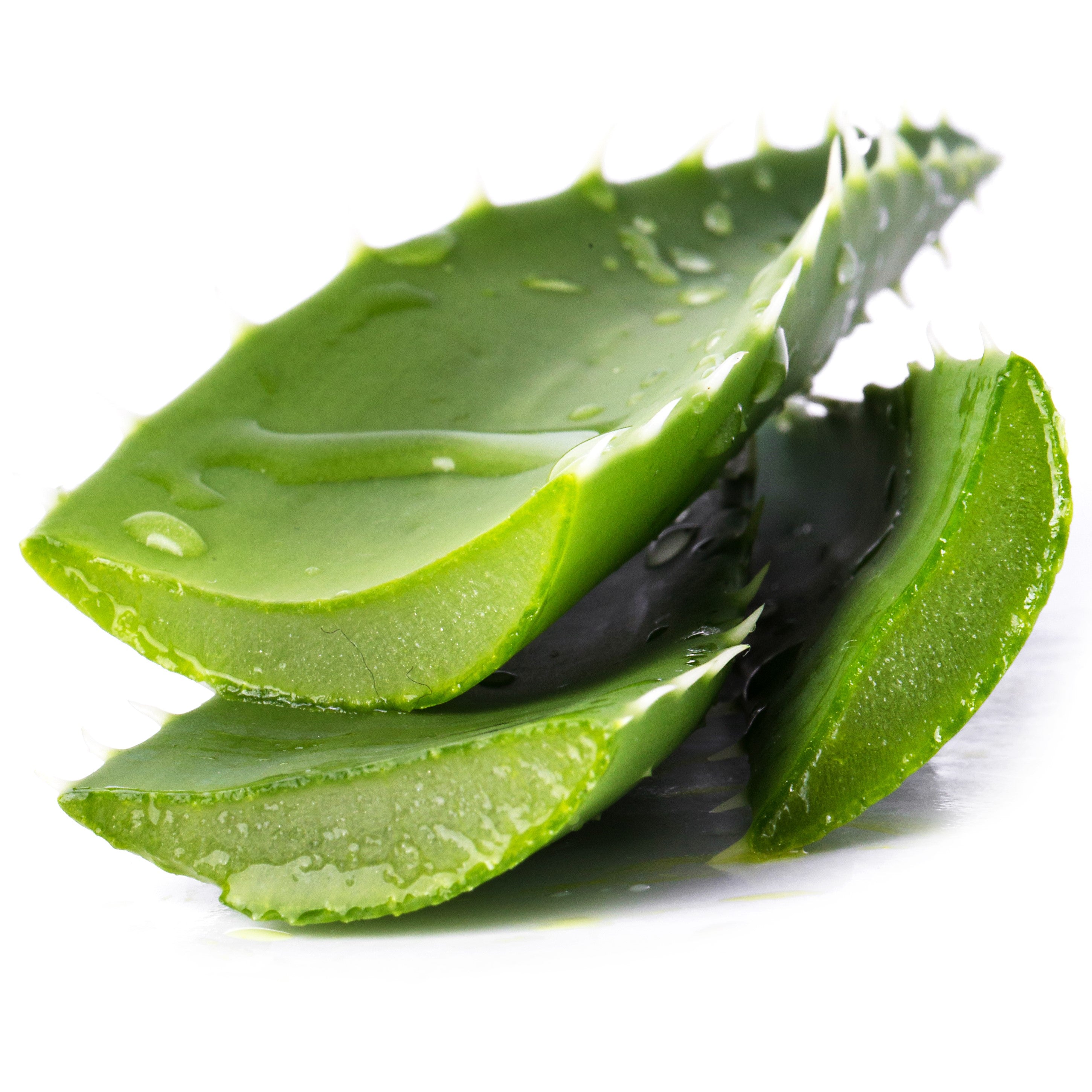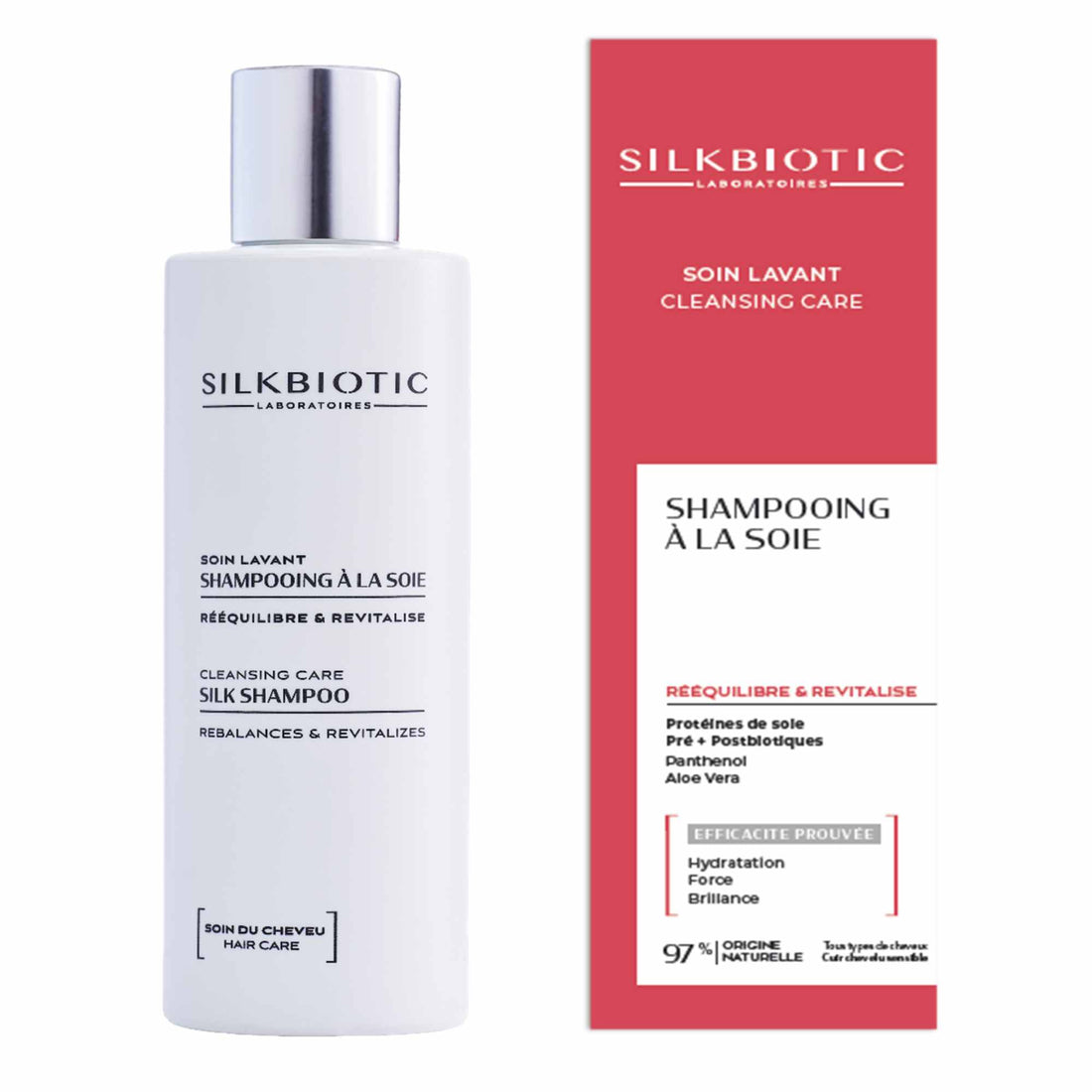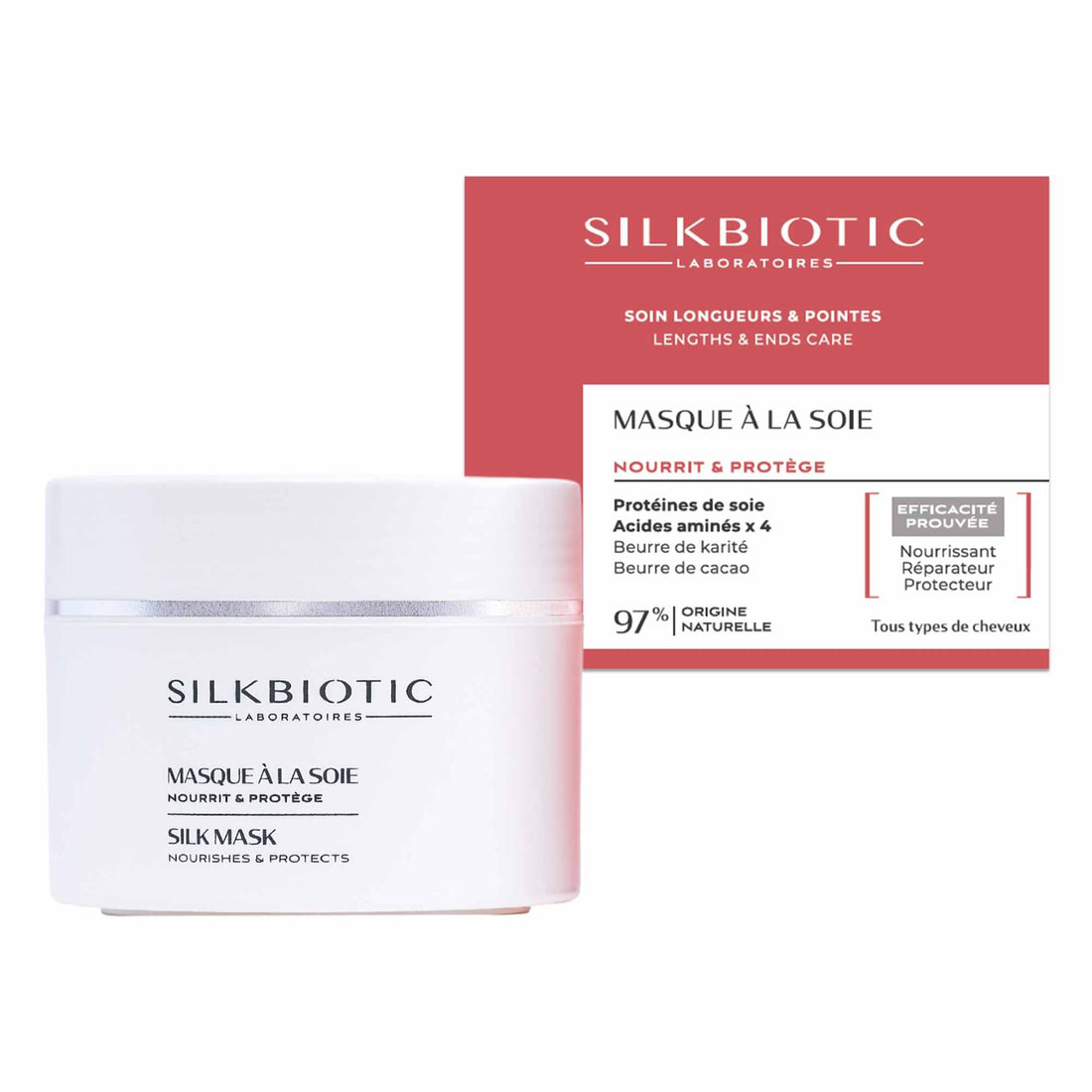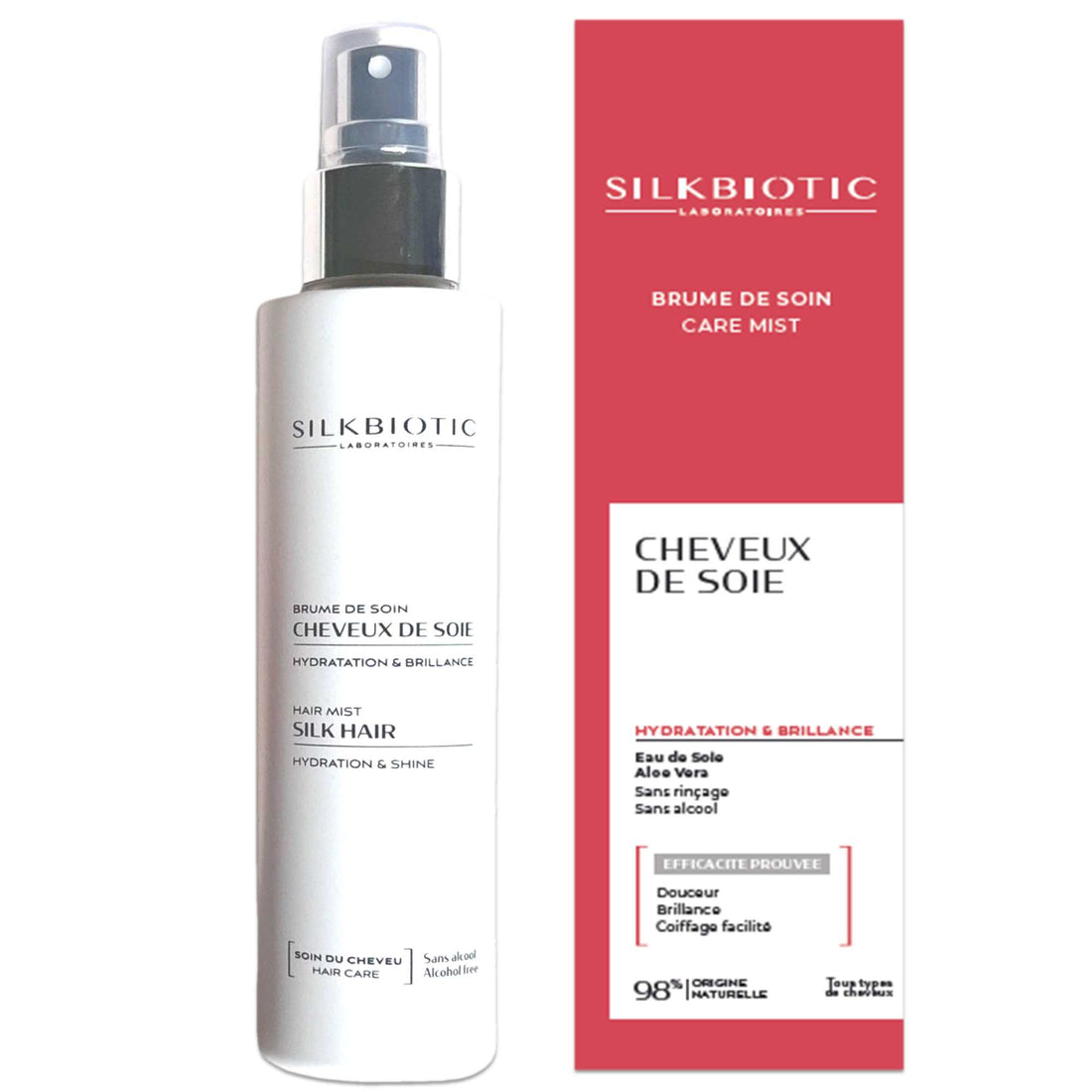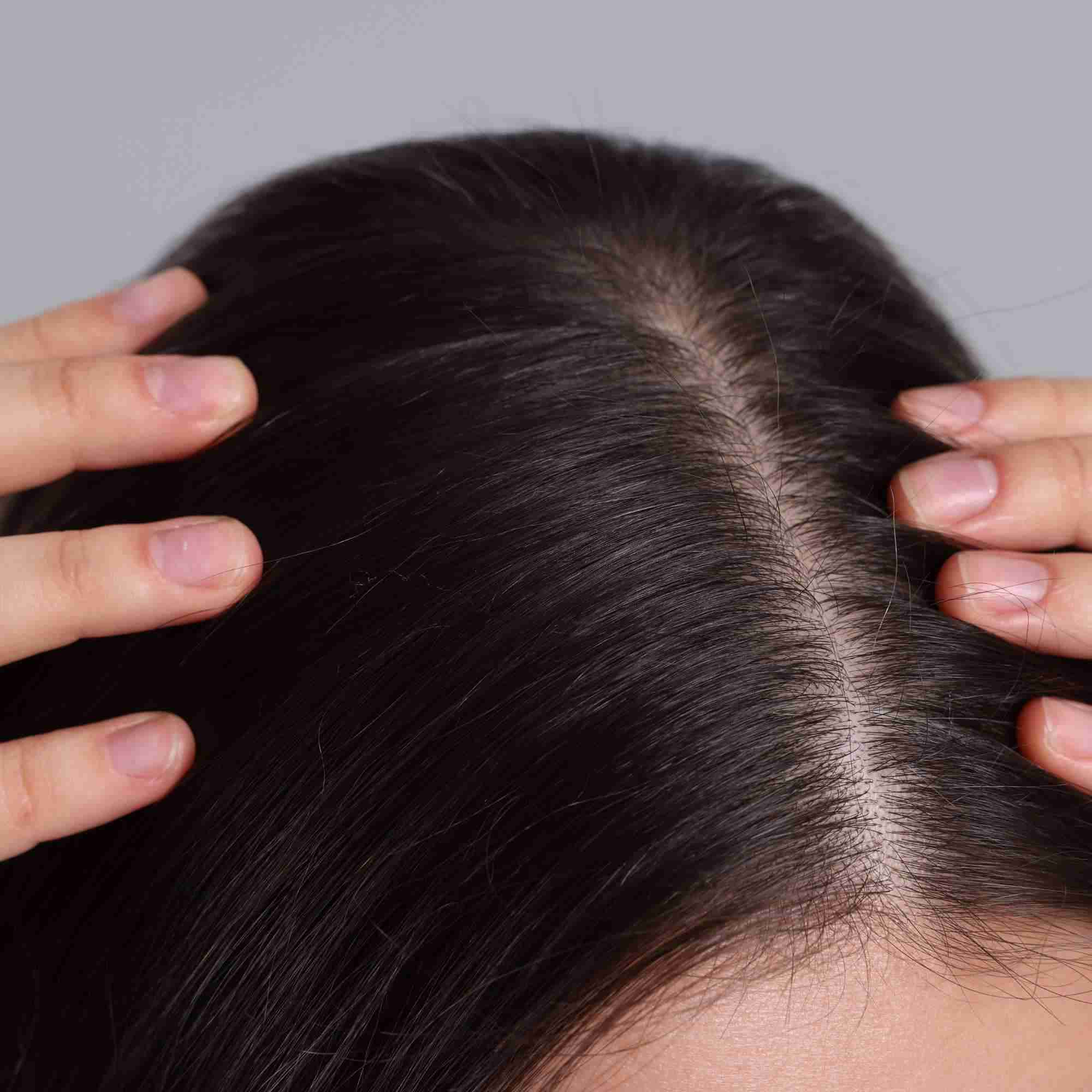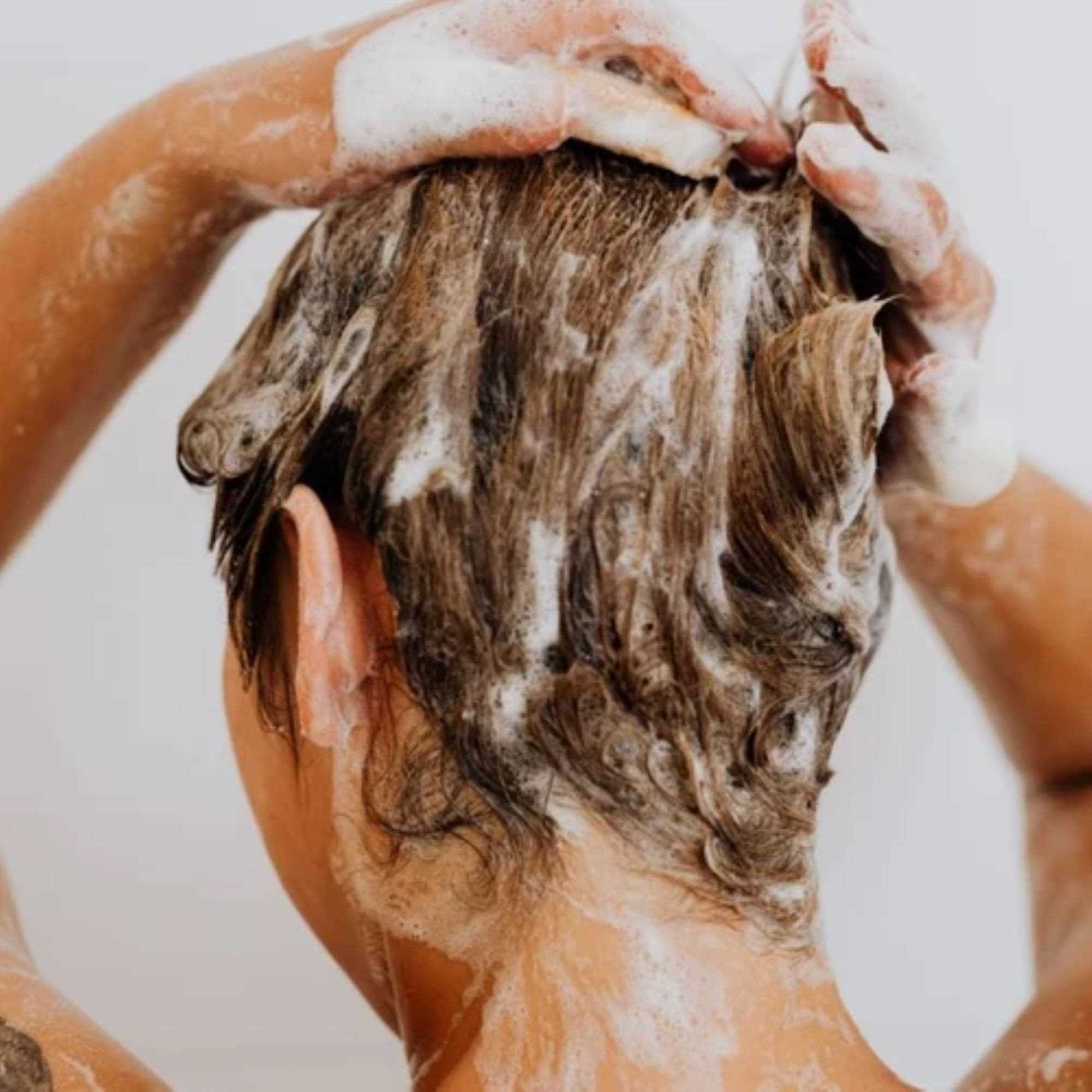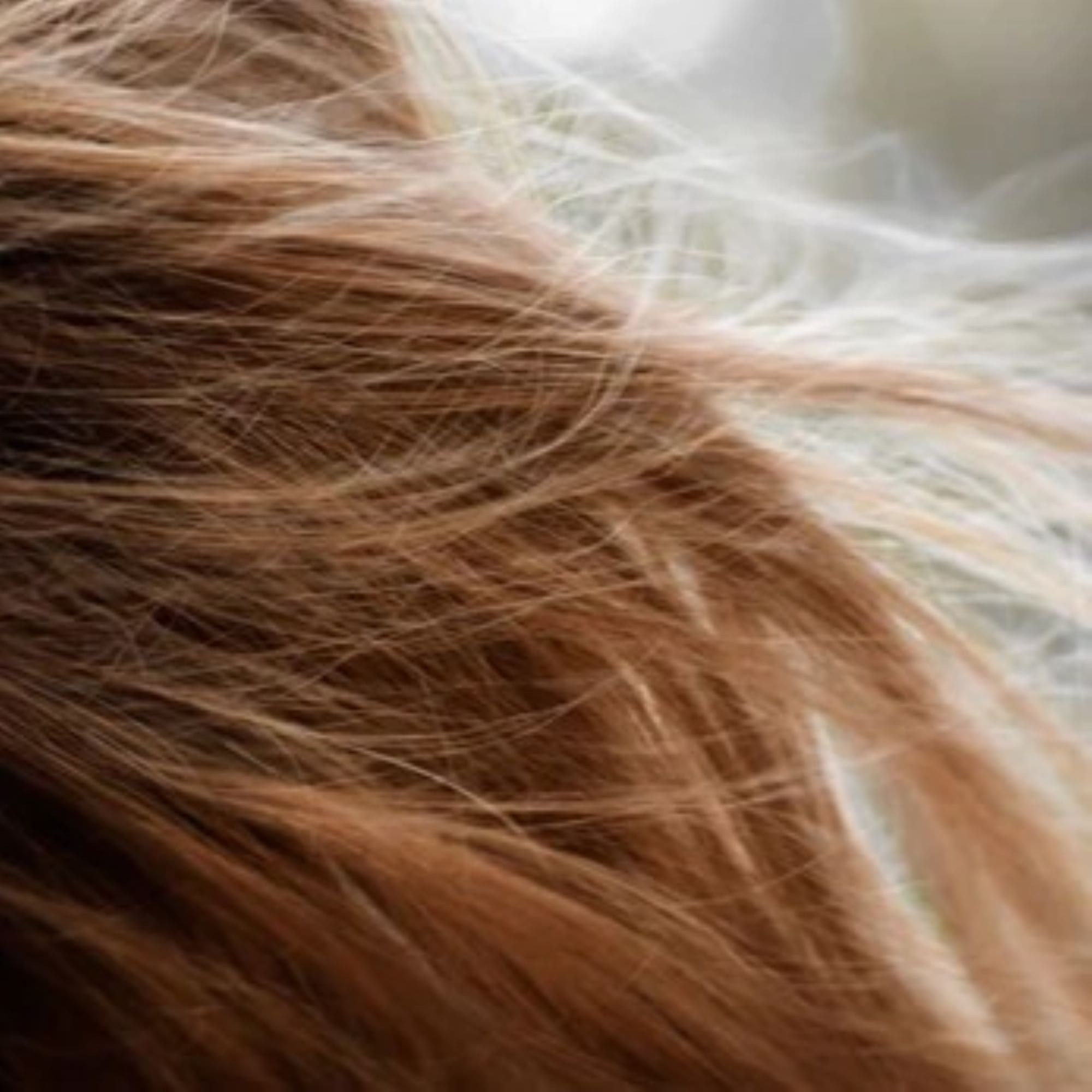HAIR STRUCTURE
DID YOU KNOW?
The scalp contains about 120,000 hairs, which translates to approximately 250 to 300 hairs per square centimeter. Each hair has a lifespan of around 4 years before it falls out and is replaced by a new one. As a result, we naturally lose about 50 to 100 hairs per day.
Are you experiencing scalp issues? Download our free white paper to discover tailored solutions.
THE ROOT: THE LIVING PART OF THE HAIR
A hair is composed of a root and a hair shaft, which is the visible part we commonly refer to as the hair. While we often perceive hair as being alive, the visible hair shaft is actually biologically dead. The living part of the hair is, in fact, invisible and resides in the root. The root is located within the epidermis of the scalp and even reaches the dermis, where it receives the necessary nutrients for its growth through blood vessels. The growth of the hair occurs in the root: the keratinocytes that will form the hair shaft multiply and become enriched with keratin and melanin.
To effectively nourish the scalp and stimulate growth, discover our strengthening silk scalp serum.
THE HAIR SHAFT AND ITS DIFFERENT LAYERS
The visible and free part of the hair, the hair shaft, is divided into three layers: the medulla, the cortex, and the cuticle. The medulla is the innermost layer of the hair. It consists of circular cells that are either unpigmented or lightly pigmented, separated by air. It may be absent in some fine and blond hairs. Its purpose is to protect the hair.
The cortex is the essential part of the hair shaft, representing 90% of its weight. It provides the hair with its strength and resilience. It is composed of elongated keratinocytes held together by an intercellular cement. The cortex contains melanin pigments responsible for the hair color. Hair pigmentation is the result of a mixture of two melanin pigments: eumelanin (brown) and pheomelanin (yellow to red). The cortex also contains keratin filaments.
The cuticle is the outermost layer and acts as a protective barrier for the hair. It defends the hair against external aggressions. It consists of translucent, overlapping cells without nuclei, made of keratin, known as "scales." These scales are arranged like the tiles of a roof and held together by intercellular cement. The scales are covered by a lipid layer, which provides shine and smoothness to the hair shaft. The intercellular cement ensures the impermeability of the hair and protects it. It is rich in lipids, including 40% ceramides, 35% cholesterol, and 25% fatty acids.
THE DIVERSITY OF HAIR TYPES
The diversity of hair is the result of differences in genetic heritage and cultural practices. Hair can be classified into three different categories, known as ethno-capillary profiles: Caucasian hair, Asian hair, and African hair. They possess distinct characteristics in terms of color, texture, structure, and scalp implantation.
IMPLANTATION, DENSITY, THICKNESS, LENGTH AND GROWTH
Hair is implanted differently in the scalp. Asian hair is perpendicular to the scalp, Caucasian hair has an oblique implantation, and African hair has an almost parallel implantation to the scalp. As a result, hair does not grow in the same way. Asian hair is typically straight, smooth, and flexible, while Caucasian hair is usually wavy or curly, and African hair is commonly kinky or coiled. Due to the implantation, hair also does not grow at the same rate. Asian hair grows the fastest, approximately 1.4 cm per month, Caucasian hair grows 1.2 cm, and African hair grows 0.9 cm due to its spiral structure.
Caucasian hair has the highest density, with 226 hairs per square centimeter, making it the most abundant hair type. Asian and African hair have lower densities, with 175 hairs/cm2 and 161 hairs/cm2, respectively. Asian hair is the thickest, with a larger diameter of about 70 µm. Caucasian hair has an average diameter of 65 µm, and African hair is the finest, with a diameter of 55 µm. The cross-section of Asian hair is the most round and uniform, Caucasian hair has an elliptical shape, and African hair has a flattened shape. The maximum length of Asian hair ranges from 100 to 150 cm, while Caucasian hair can reach 60 to 100 cm, and African hair typically ranges from 15 to 20 cm.
HAIR STRENGTH
Asian hair and Caucasian hair handle stress and fatigue well. Asian hair has the highest hardness and elasticity. It is resistant to stretching and can withstand a traction force of 60 to 65 grams. Caucasian hair has varying levels of resistance and can withstand 40 to 45 grams of force. African hair is the most fragile, less resistant, and prone to breakage, with a capacity to withstand only 30 to 35 grams of force.
To optimize your hair's strength, discover our silk hair care range.
HAIR COMPOSITION
Hair is primarily composed of keratin and melanin, but it also contains lipids, mineral salts (zinc, copper), and amino acids in small quantities.
KERATIN, HAIR ELASTICITY
Keratin accounts for approximately 95% of hair composition. It is a fibrous protein with a helical structure. It consists of two chains of peptides linked together by bridges. Keratin is composed of 18 amino acids, including methionine and cysteine. In all ethno-capillary profiles, we find the same proteins and amino acids that make up keratin, but the quantities differ. African hair is the richest in cystine, an amino acid that provides rigidity and resistance, followed by Caucasian hair and then Asian hair.
Keratin is insoluble in water, which gives hair its impermeability and protects it. It is resistant to external influences but can absorb sebum and color products or be modified in the presence of heat or chemicals. The helical structure of keratin gives hair its main properties: elasticity, strength, and flexibility. Keratin also allows for hair plasticity, meaning that the hair can be altered and retains the shape given to it for a certain period of time.
To restore and strengthen your hair’s elasticity, try our silk hair mask.
HAIR IS CAPABLE OF ABSORBING 30% OF ITS WEIGHT IN WATER
Hair can absorb more than 30% of its own weight in water. This percentage can reach 45% for damaged hair. Caucasian hair is the most hydrated, showing the highest water content. African hair and Asian hair have lower and similar water content. However, water can be detrimental as it amplifies the sun's effects on our hair. Sun exposure degrades melanin, leading to hair discoloration. Sunlight also alters keratin, making the hair fragile and prone to breakage.
MELANIN: THE PIGMENT RESPONSIBLE FOR HAIR COLOR
Melanin is the pigment responsible for the natural color of hair. It is synthesized in melanocytes located in the hair follicle root and then transferred to the keratinocytes that form the hair shaft. Therefore, the hair grows already pigmented. Melanin exists in two forms: eumelanin and pheomelanin.
Eumelanin is dark brown to black and has a more significant protective role than pheomelanin. Asian hair and African hair are generally brown to black in color due to the predominant presence of eumelanin. Caucasian hair, from blond to brunette, also has a majority of eumelanin. Pheomelanin is lighter, ranging from pale yellow to light brown. Red hair in Caucasians is predominantly rich in pheomelanin. Gray or white hair results from a decrease in melanin production in the hair follicle.
LIPIDS: HAIR RIGIDITY AND WATERPROOFNESS
Hair lipids are responsible for hair integrity, maintaining hydrophobicity, and hair rigidity. African hair is the richest in lipids, followed by Caucasian and Asian hair. African hair has a higher content of apolar lipids, which reduces water swelling by blocking water entry into the hair. Asian and Caucasian hair have higher levels of polar lipids and free fatty acids, providing lower permeability. However, permeability is essential to preserving hair moisture content.
To enhance and protect your hair’s surface, discover our silk hair mist.
Read the detailed review of our hair care products in the article "Combo Must-Have Silkbiotic for Perfect Hair" published on Univ'Hair. You'll find expert advice and testimonials to help you optimize your hair care routine.
BIBLIOGRAPHY
Leerunyakul K, & Suchonwanit P. Asian Hair: A Review of Structures, Properties and Distinctive Disorders. Clinical, Cosmetic and Investigational 2020:13, 309-318.
Takahashi T. Unique Hair Properties that Emerge from Combinations of Multiple Races. Cosmetics 2019, 6, 36, 1-9.
Franbourg A, Hallegot P, Baltenneck F, Toutain C, & Leroy F. Current research on ethnic hair. J Am Acad Dermatol 2003;48:S115-9.
Loussouarn G, Lozano I, Panhard S, Collaudin C, El Rawadi C, Genain G. Diversity in human hair growth, diameter, color and shape. An in vivo study on young adults from 24 different ethnic groups observed in the five continents. Eur J Dermatol 2016; 26(2):144-54.

